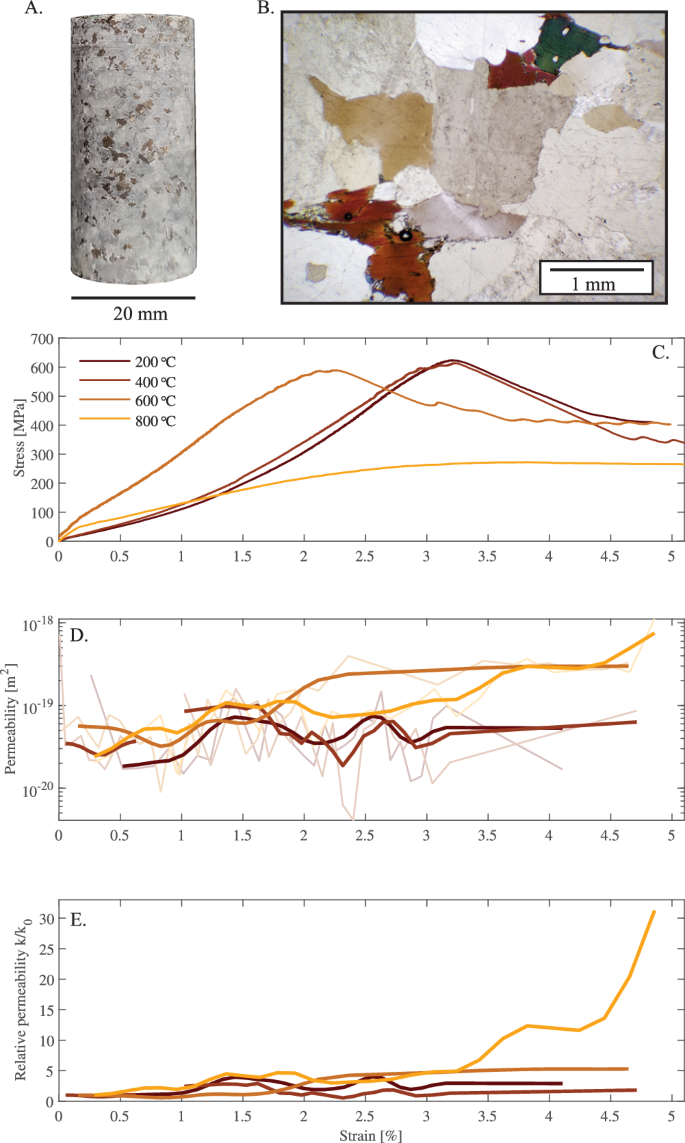2024-10-03 バーミンガム大学

<関連情報>
- https://www.birmingham.ac.uk/news/2024/diverse-forests-better-at-capturing-planet-warming-carbon-dioxide
- https://www.science.org/doi/10.1126/science.adk9616
森の木々の生活ペース The pace of life for forest trees
Lalasia Bialic-Murphy, Robert M. McElderry, Adriane Esquivel-Muelbert, Johan van den Hoogen, […], and Thomas W. Crowther
Science Published:3 Oct 2024
DOI:https://doi.org/10.1126/science.adk9616
Editor’s summary
The maximum size, growth rate, and lifespan of trees determines the rate of forest carbon accumulation. These life history traits are thought to be correlated, but studies have been limited to local scales in tropical systems. Bialic-Murphy et al. used data on tree size and status from over 1000 species across North, Central, and South America to show that these relationships are more complex. Unexpectedly, they found weak positive correlations between measures of size, lifespan, and growth rate. However, species clustered into four types: one fast-growing species and three groups of slow-growing species that varied from small and long-lived to large and short-lived. Species in cold regions tended to grow more slowly and live longer, but these traits were largely independent. —Bianca Lopez
Abstract
Tree growth and longevity trade-offs fundamentally shape the terrestrial carbon balance. Yet, we lack a unified understanding of how such trade-offs vary across the world’s forests. By mapping life history traits for a wide range of species across the Americas, we reveal considerable variation in life expectancies from 10 centimeters in diameter (ranging from 1.3 to 3195 years) and show that the pace of life for trees can be accurately classified into four demographic functional types. We found emergent patterns in the strength of trade-offs between growth and longevity across a temperature gradient. Furthermore, we show that the diversity of life history traits varies predictably across forest biomes, giving rise to a positive relationship between trait diversity and productivity. Our pan-latitudinal assessment provides new insights into the demographic mechanisms that govern the carbon turnover rate across forest biomes.



